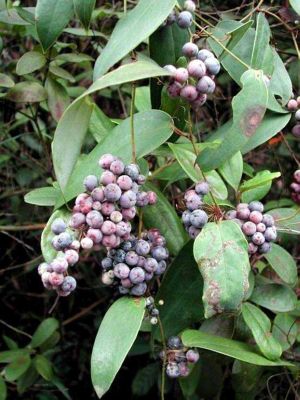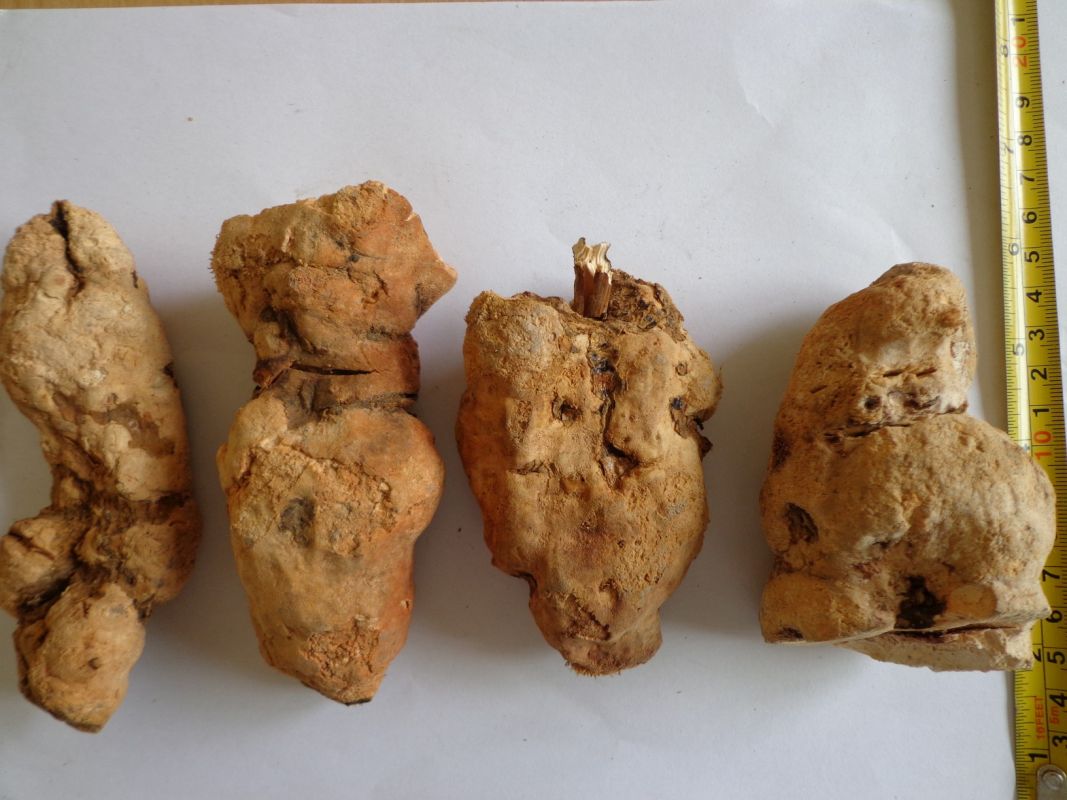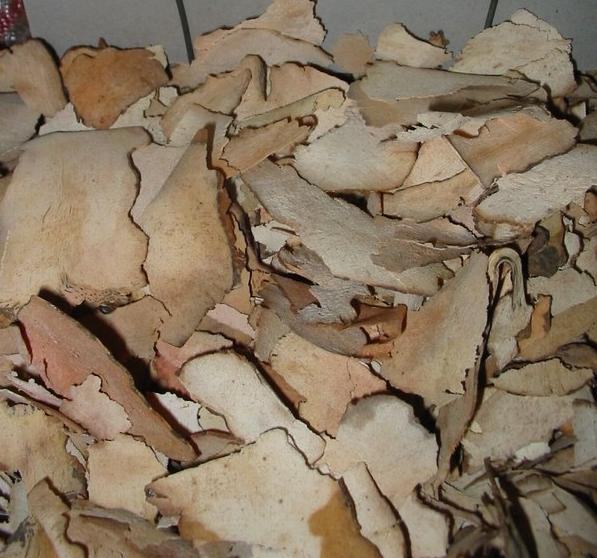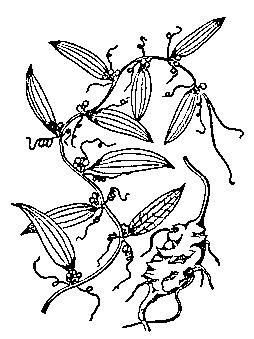[1] Barefoot Doctor's Manual- 1977 Prepared by the Revolutionary Health Committee
of Hunan Province. Original Chinese manual- Victor W. Sidel. Originally published
by Dr Joseph Quin and the Fogarty International centre, Bethdesda (1974). Madrona
Publishers Seattle Washington ISBN 0-914842-52-8
[2] A Complete English Dictionary of Medicinal Terms in Chinese Acupuncture and
Herbalism 1981- Henry Lu Chinese Foundations of Natural Health- The Academy of
Oriental Heritage, Vancouver, Canada.
[3] Translation notes from Gary Seiford and Hocu Huhn- NSW College of Natural
Therapies. Sydney Australia (1982).
[4] Chinese Herbal Medicine Materia Medica- Dan Bensky and Andrew Gamble- Eastland
Press 1986 Seattle Washington ISBN 0-939616-15-7
Images
1.
wm-sec.com
2.
[1]
3.
old.tcmwiki.com
4.
namangrocer.com
5.
namangrocer.com
Saponins, tannin, resin.[1]
References
[1] Chinese Herbal Medicine Materia Medica- Dan Bensky and Andrew Gamble- Eastland
Press 1986 Seattle Washington ISBN 0-939616-15-7
 Smilax glabra. 土
茯
苓
Tǔ fú líng
Smooth greenbrier,
Sarsaparilla, Catbrier, China Root
Family:
Liliaceae
Smilax glabra. 土
茯
苓
Tǔ fú líng
Smooth greenbrier,
Sarsaparilla, Catbrier, China Root
Family:
Liliaceae



 References
References